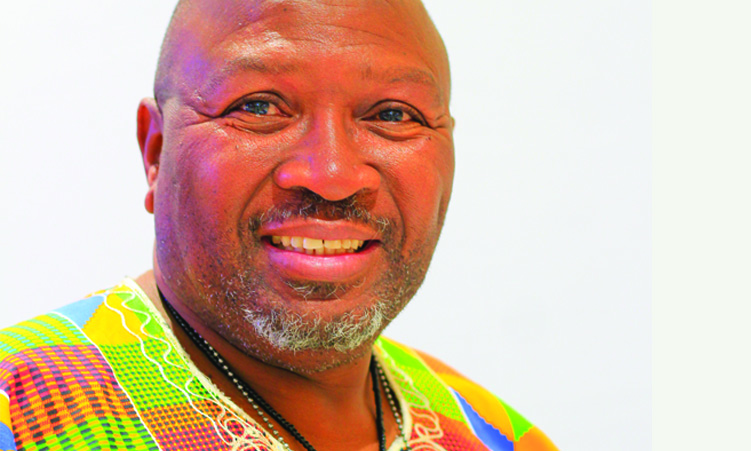Workplace bullying can be interpreted as verbal, physical, social or psychological abuse by an employer, manager or any other person or group of people at work as identified by the Australian Human Rights Commission.
Workplace bullying is not limited to flashy corporate offices.
It can take place in any form of workplace such as warehouses, shops, factories, cafés, restaurants, workshops, farming units, community groups or government and private organisations.
It can happen to volunteers, work-experience with students, apprentices, casual or permanent employees like nurses, police officers, security guards, cashiers and those in the military.
Although not everyone will experience the same characteristics of bullying at work, it is common that they will experience similar situations.
PROFILING
Victims are often individuals who may not have a lot of friends, or are considered loners.
They are more susceptible to bullying, because they appear weaker when they are not part of a friendship group.
For example, when individuals are in a group, or among friends, they do not appear weak as the friendship becomes some sort of shield.
One thing a bully needs is to believe that they are more powerful than the person they are going to bully.
Victims often appear weaker if they seem quieter or more laidback.
The bully believes they are not likely to stand up for themselves, making it easier to exert power over potential victims.
More likely, bullied victims are often those who have learning disabilities, or have special needs.
For example, individuals with autism may end up being at higher risk of bullying, as do those with mental health issues, or who are from marginalised communities.
Bullied victims may have been aggressive during early childhood, which may have led their peers to reject them more, or made them become more isolated. This may cause victims of bullying to appear more submissive.
DOMESTIC VIOLENCE
Namibian social anthropologist, social and gender expert Saskia Sheehama has reported that there is a direct relationship between domestic violence and violence and harassment at the workplace.
If a person gets bullied or treated with little respect at the workplace, they are likely to take out their frustrations at home, and vice versa.
According to Sheehama, women particularly become victims of domestic violence, as their partners may suspect that they entertain relationships of a sexual nature at their workplace on a voluntary basis.
This can cause them to become insecure and be employees who tend to accept all kinds of atrocious workplace inequalities.
Victims may exhibit a wide range of emotions such as being angry, lonely, bitter, frustrated, shy, have low self-esteem; feel isolated from their peers, listless in their performance at work, or any given tasks.
If the bullying is continuous, victims may develop anxiety issues, physical illness, depression, and may attempt self-harm (partaking in substance abuse to numb pain and discomfort), or even consider suicide.
That being said, more characteristics of a bully could be identified as employers or supervisors who deliberately set unreasonable and unrealistic objectives for employees, or subordinates.
This may manifest as publicly criticising their work without reason, forcing employees to work long hours and working overtime without compensation.
CHARACTERISTICS
Common characteristics of bullies include a lack of empathy for others in the workplace, impulsiveness, controlling behaviour, view violence in a positive manner in intimidating others, anger management issues, and little respect for authority.
Workplace bullying can be seen as when some people in power create unmanageable workloads for subordinates, as well as practising selective favouritism in delegating tasks.
All of these aspects can lead to an individual feeling as though they are not appreciated.
Workplace bullying exacerbates team fragility, as there can be no bullying without bullies.
Bullies cannot pull off their cruel deeds without the complicity of bystanders or complacent subordinates.
Silent or complacent subordinates enhance workplace bullying.
In the Namibian context, because of high unemployment, it is more than common for bystanders to be silent, because they know they can be fired and easily replaced if the bully is a person in power.
Workplace bullies cause productivity and progress to stagnate while victims are left frail and disoriented.
It is important to understand the characteristics of a workplace bully in order to set up beneficial boundaries in the workplace.
Ngamane Karuaihe-Upi is a relationship mechanic with an honours degree in clinical psychology from the University of Namibia (Unam); unclegep55@gmail.com
Stay informed with The Namibian – your source for credible journalism. Get in-depth reporting and opinions for
only N$85 a month. Invest in journalism, invest in democracy –
Subscribe Now!






